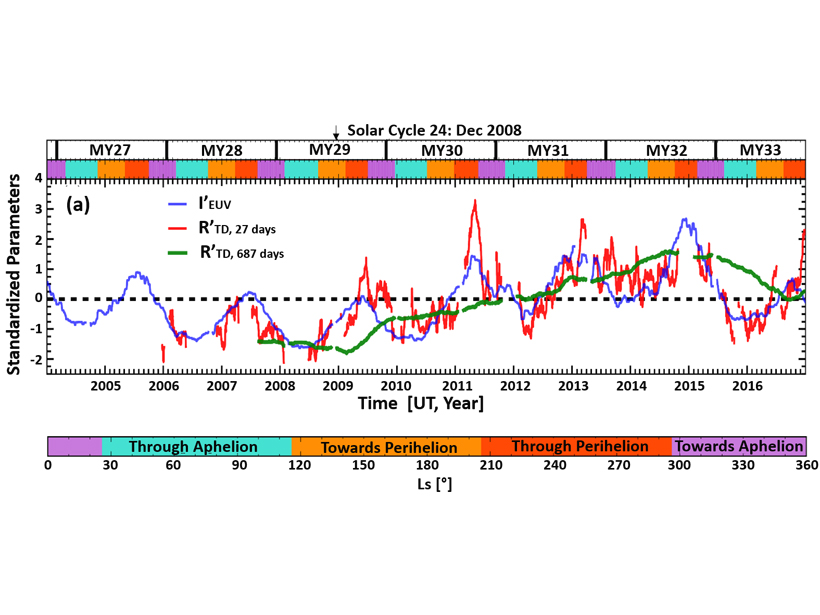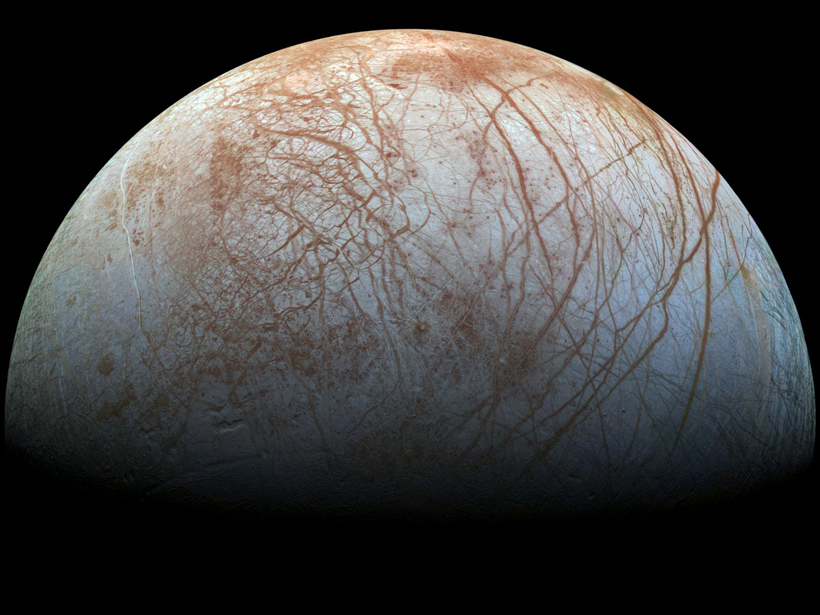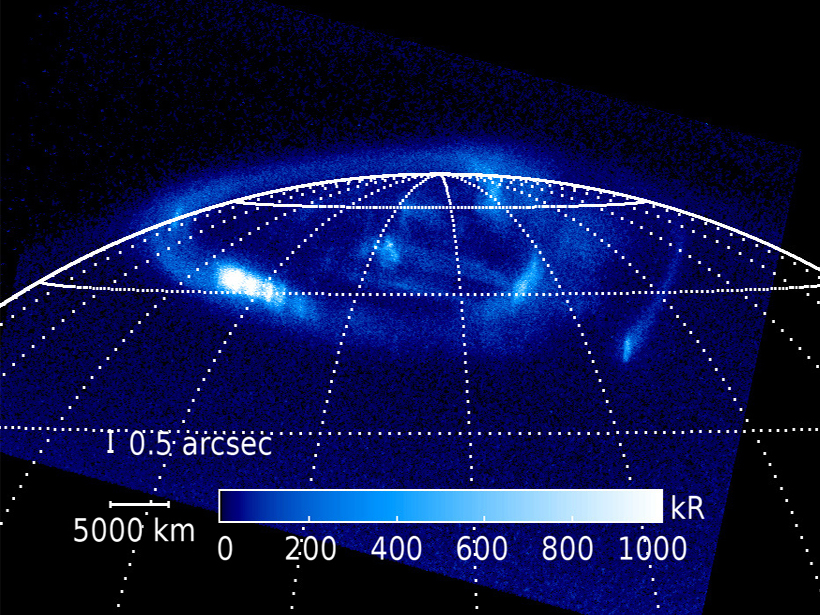While most planetary bow shocks are controlled by the solar wind, at Mars the solar EUV flux is equally important.
ultraviolet
Posted inNews
Could Life Be Floating in Venus’s Clouds?
If present, microbes could explain evolving patterns in the planet’s atmosphere when observed in ultraviolet light.
Posted inResearch Spotlights
Jupiter's Auroras Recharge Between Solar Storms
New research suggests that Jupiter's magnetic field replenishes its stock of plasma during lulls in solar activity, creating spectacular displays when a solar storm hits.
Posted inResearch Spotlights
Hubble Gazes at Europa's Aurora
Scientists get their best glimpse yet of the shimmering phenomena on one of Jupiter's most intriguing moons.
Posted inNews
Charles A. Barth, 1930–2014
Long-time director of the Laboratory for Atmospheric and Space Physics conducted pioneering studies of the atmospheres of Earth and other planets using ultraviolet spectroscopy.
Posted inResearch Spotlights
How Powerful Is Jupiter's Aurora?
Scientists have mapped Jupiter's spectacular aurora in unprecedented detail with the Hubble Space Telescope.






